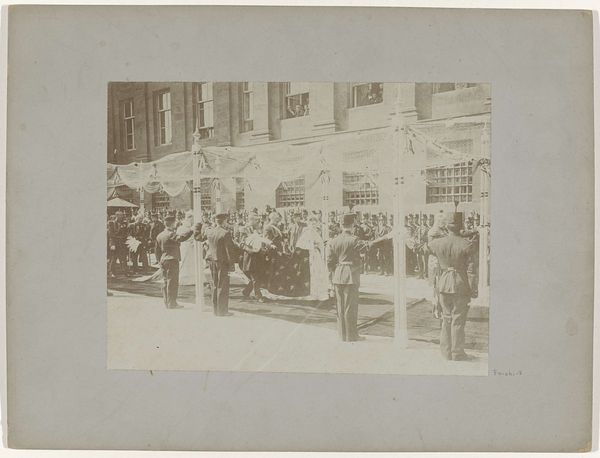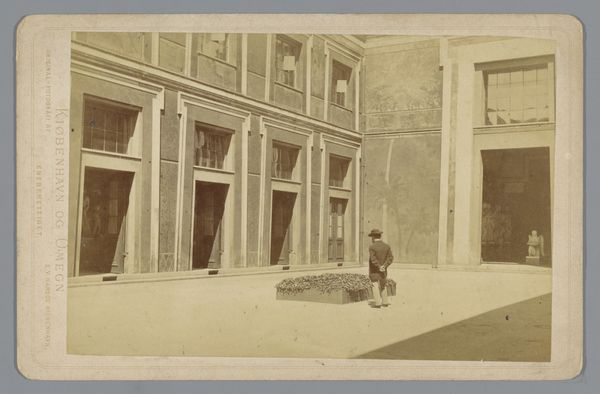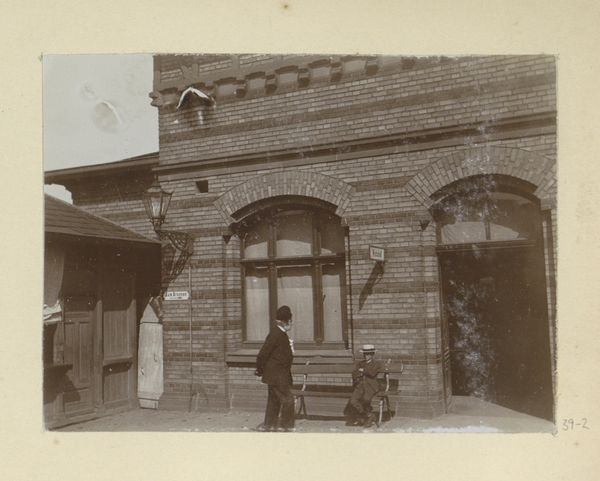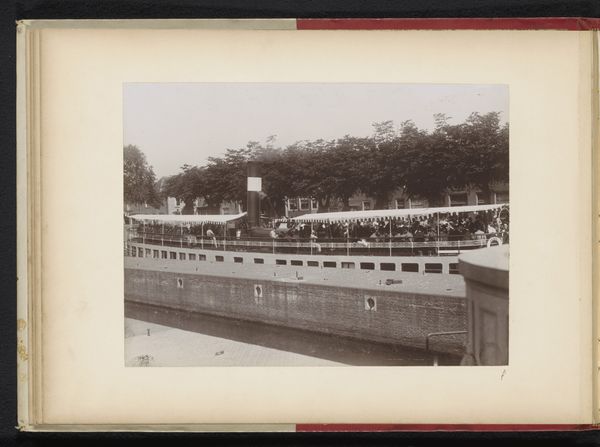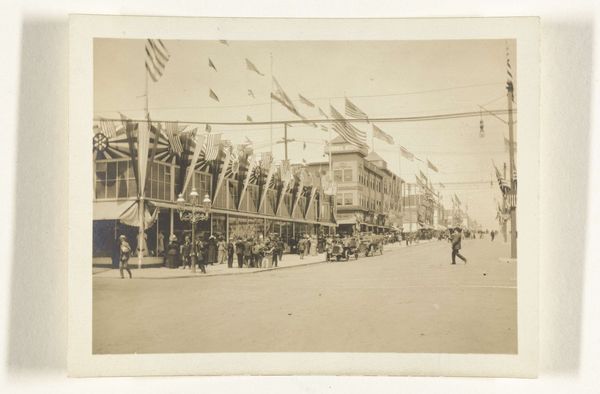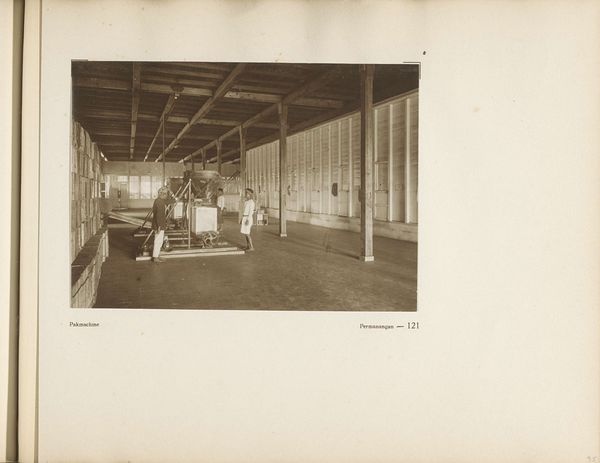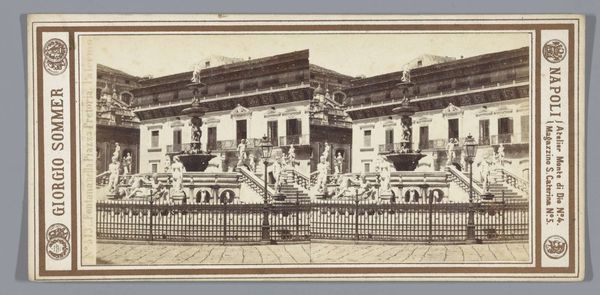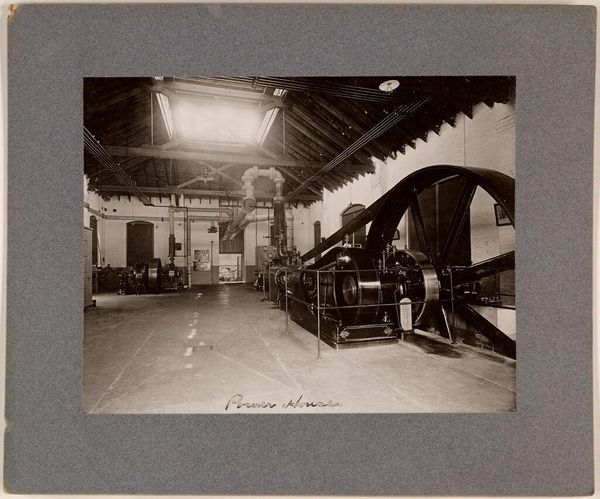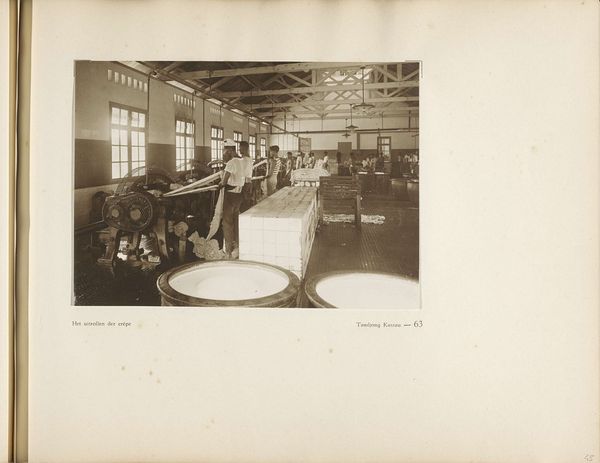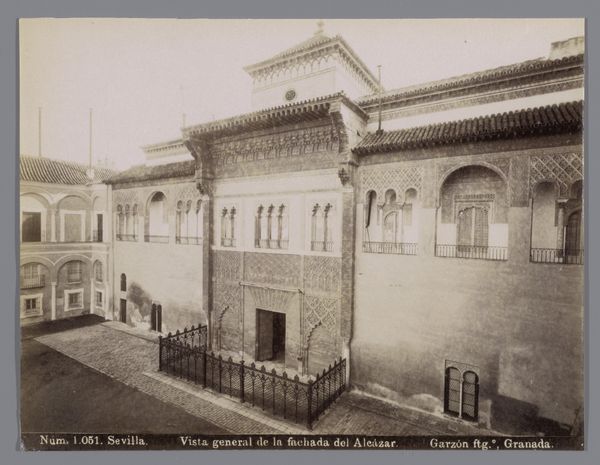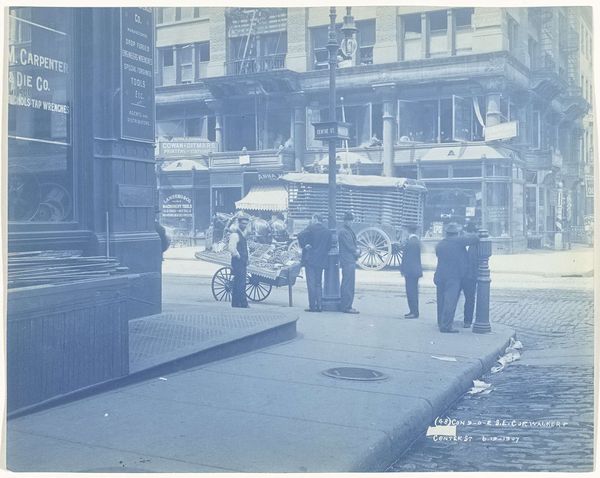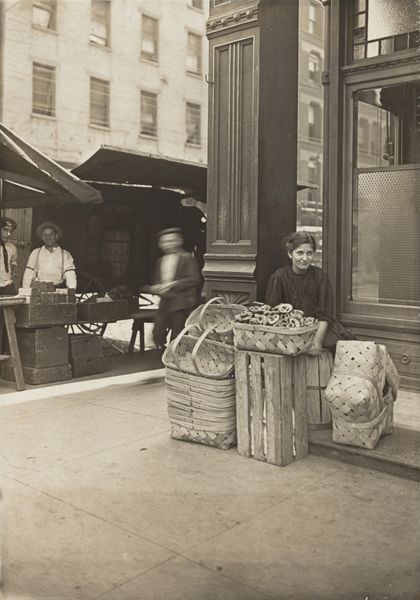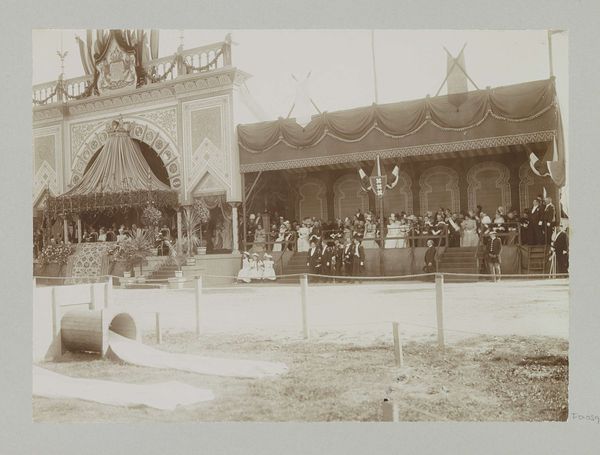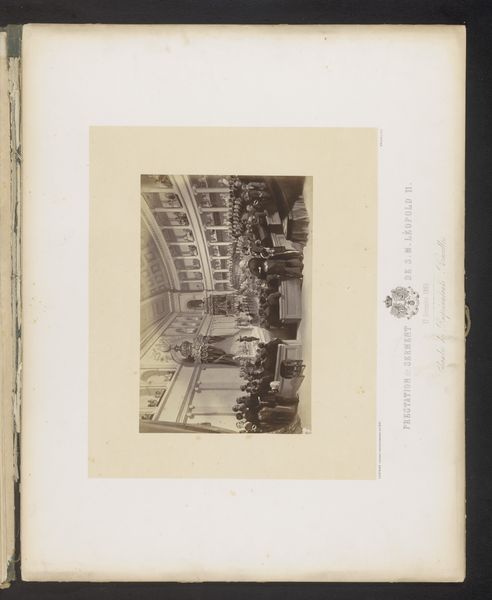
Straatgezicht in Napels met de zaak van pastamaker Michele Manzo en droogrekken voor pasta c. 1885
0:00
0:00
giorgiosommer
Rijksmuseum
photography, gelatin-silver-print
#
archive photography
#
photography
#
historical photography
#
photojournalism
#
gelatin-silver-print
#
19th century
#
cityscape
#
genre-painting
#
italian-renaissance
Dimensions: height 195 mm, width 248 mm
Copyright: Rijks Museum: Open Domain
Editor: So, this photograph is titled "Street View in Naples with the Pastamaker Michele Manzo's Business and Drying Racks for Pasta" by Giorgio Sommer, dating back to about 1885. I am immediately struck by the repetition of lines formed by the pasta. What's your take on this image? Curator: This image provides a fascinating snapshot of labor and commerce in 19th-century Naples. Consider how the photographer, Sommer, is presenting not just a business, but a vision of Italian industry. The open facade and the drying racks spilling onto the street suggest a permeability between private enterprise and the public sphere. It almost feels performative, doesn’t it? Editor: Performative, how so? Curator: In the sense that Sommer frames pasta making as both labor and spectacle, potentially romanticizing the gritty realities of production. The visible labor force also underscores class dynamics at play. Note the clean architectural lines too – it's almost as if the building is part of the branding, establishing authority and quality. What is the role of photography, then, in shaping perceptions of Italian industry and labor for consumers and tourists alike? Editor: That's interesting – so, more than a documentary image, it's actively participating in shaping the narrative around Italian industry? Curator: Exactly! It prompts us to think critically about how early photography contributed to the construction of national identity and the marketing of Italian goods in a global marketplace. Consider how the aesthetic choices made by the photographer reflect broader cultural attitudes towards labor, class, and Italian identity itself. Editor: I see your point. I initially viewed this as a simple, historical documentation, but it seems far more complex. I will definitely approach images like this differently now, thinking about who commissioned it and what story it might tell about Italy at the time! Curator: Excellent. The true richness lies not only in what’s depicted, but also in what’s left unsaid, inviting critical reflection on the political economy of representation.
Comments
No comments
Be the first to comment and join the conversation on the ultimate creative platform.
